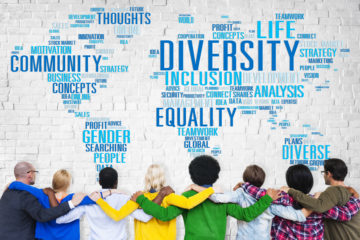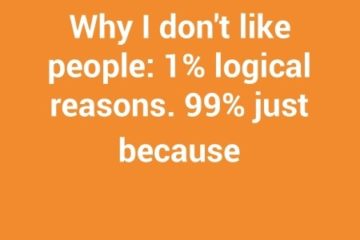I have not heard of any recruiter, hiring manger or HR manager whose objective is to exclude diverse candidates from their recruitment process. We want to recruit the best suited person for the job and believe that we do. However, the data often shows a very different picture. Very few organisations can show that they do invite diverse talent to the interview table.
Why are organisations after years of running Diversity and Inclusion initiatives on a snail trail for increasing their diversity? The NZX is reporting the percentage of female directors among companies outside the S&P/NZX 50 has increased from 12.6% in 2014 to only 15.9% in 2020 (NZX Diversity statistics 2020).
Unintentional discrimination is starting with the recruitment process. An average turnover of 10-15% can replace half of the workforce in three to five years. Recruitment can be a great leaver for change or one of the biggest roadblocks for organisations who are serious about their diversity and inclusion journey.
Tips for inviting diverse talent to the interview table
1. Recruiters, keep working on your unconscious bias
Less than 15% of American men are over six foot tall, yet almost 60% of corporate CEOs are over six foot tall (Malcolm Gladwell, Blink, 2006). Clearly, the selection panel did not deliberately search for a ’tall guy’, and yet their height seems to have had an influence. Unconscious bias training for recruiters is a starting point for creating the first level of awareness. Training on its own won’t turn us into unbiased super recruiters but we may come to accept that we have bias, and that we always will have some bias. Unconscious bias training can give us the humility needed and the necessary drive and courage to actively reduce our bias. Implicit prejudice that connects, for example, physical disabilities with mental weakness or mature people with being less driven has no place in recruiting based on merit. How likely are people going to speak up about bias? How likely are people to recruit for the same (affinity bias) because they think this will be the better culture fit?
2. Clearly define the selection criteria
“I know who I’m looking for” is a clear recipe for recruiting more of the same, and not based on merit. Instead, you could run a workshop with a diverse group of people to identify the key attributes for a candidate to be successful in this job. Determine which of these attributes you can find objective information on. Agree on the top 5 as your selection criteria. Other attributes that cannot be objectively measured may still be important but are prone to bias. They may still be discussed but with caution because relying on ‘gut feel’ is opening the floodgates for bias. “I selected this candidate because they fit better with then team” needs to be explored further. What attributes of the candidate makes you think the candidate fits well with the team? There is a risk of favouring a candidate who is similar to the majority of the current team in age, background, personality, gender, instead of recruiting on merit
3. Future proof your selection criteria
Check your selection criteria against your future needs, your business strategy, goals and also what team and organisation culture you would like to achieve. Do you plan to increase business within certain ethnic groups, take business overseas, improve your reputation as an employer, maintain trust of stakeholders, make bigger steps towards an inclusive culture? Being exposed to more diverse colleagues accelerates learning of inclusive behaviours. Being the best suited person for the job in future could mean that they have an added advantage of speaking a certain language, understand customs of a certain culture, or can build a better rapport to certain groups because they share their lived experience.
4. Restructure your recruitment process
A series of studies showed that people with ethnic names needed to send out 50% more resumes before they got a callback than job hunters with “white”-sounding names. How can you structure the recruitment process to reduce bias? Companies like Deloitte and BBC introduced ‘blind recruitment’ and remove personal information like names and age from applications.
You can invite diversity to the interview table by deliberately advertising in places that are more likely to reach certain groups. Organisations like Workbridge also welcome your call and you look beyond using only main-stream media to find the best suited person for the role. Why is the unemployment rate for disabled people more than double the rate of other groups?
Once you have a short list of candidates to invite for an interview, go back to the long list and invite one more who could bring a diverse strength that others don’t have. You may find that this is just the person you need. In the process of interviewing an ‘unusual’ candidate you exposed yourself to diversity which over time reduces bias and helps to keep an open mind.
5. Training for Recruiters
Great interviewers are very skillful in creating an environment that makes the candidate feel comfortable and be at their best. Experienced interviewers know when and how to dig a bit deeper instead of taking the first often pre-prepared answer at face value. Most hiring managers are just expected to have this skill without any training. At best, new hiring managers have a good role model to learn from, at worst they learn how to keep the status quo, recruit for the same and overlook diverse talent. Training on how to invite diverse talent to the interview table helps to identify actions to reduce bias and unintentional discrimination. Contact us if you want to explore a 90-minute online workshop on recruiting diverse talent without bias.
Recruiting for diversity is not about appointing a less suitable person for the job to fulfill a quota, but it is about liberating our mind and processes from bias to truly identify the best person for the current and future environment we are working in.


